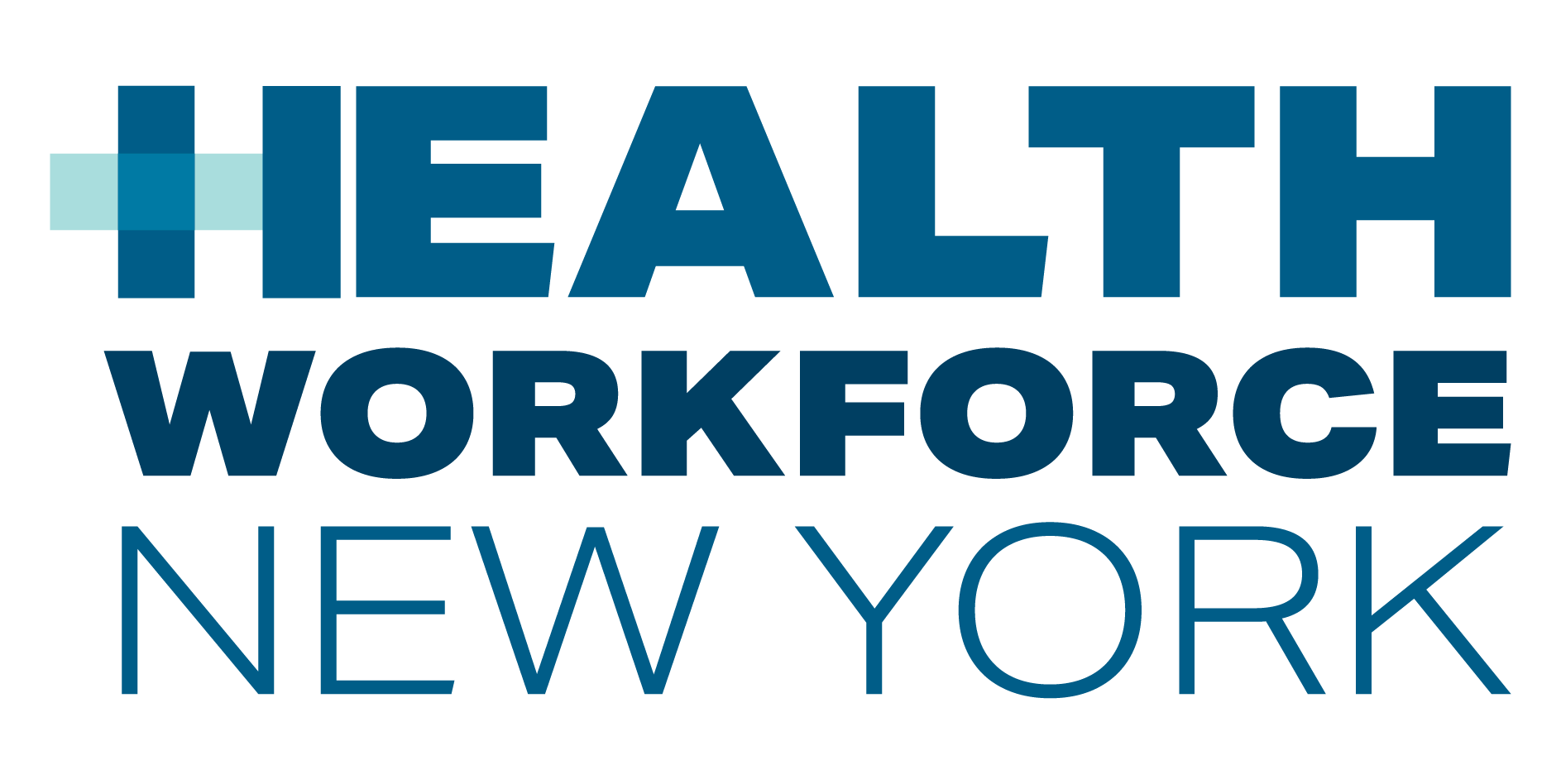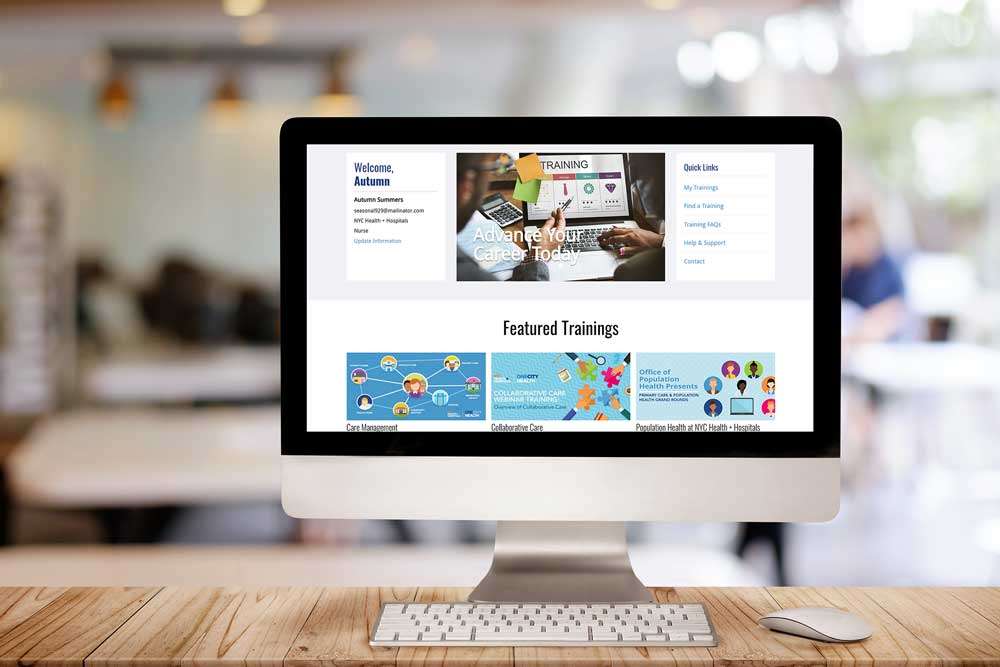The impact of COVID-19 on our present situation has been described in abounding ways: disruptive, burdensome, never before seen, and unprecedented. Regardless of whether you are a student, nurse, marketing analyst, or HR Director, your professional life has most likely been dramatically affected. With this, you have undoubtedly been faced with conducting your management, learning, or business over Zoom and other virtual formats. For some, this may make things easier; for others it presents unfamiliar challenges. The world speculates when things will “go back to normal,” but there are many indicators that this is the new normal, and the way we now work is here to stay – with or without the pandemic.
It is often surmised that people grow when they are challenged, and their status quos disrupted. As COVID-19 has disrupted and continues to disrupt life as we know it, adaptive leadership becomes a crucial entity for HR Directors to represent. Adaptive leadership is a “practical leadership framework that helps individuals and organizations adapt and thrive in challenging environments. It is being able, both individually and collectively, to take on the gradual but meaningful process of change” (Cambridge Leadership). The practical tools of adaptive leadership help you identify and make progress on moments like these in your own life, team, or community (Acumenacademy.org).
One practical tool that has become not only critical in these times, but necessary for continuing business is moving things online. For the past several years, businesses, start-ups, higher education, and other sectors have deliberately been taking their work and learning online (Harvard Business Review). As most industries are being forced to move online due to the ongoing pandemic, “having a digital presence is more important than ever” (Reach Further, Eastwestbank.com). Many sectors face a two-fold challenge: successfully reorienting their products and services to be as appealing to their consumers as possible, and maintaining, engaging, and focusing their mostly-remote workforce so operations can continue and grow. Of all sectors, healthcare is particularly disrupted.
Healthcare has forever struggled to adapt to our increasingly digital world. Some would argue the barriers to a digital transformation are often decidedly nontechnological (McKinsey & Company). In a recent interview, Harold F. Wolf, president and CEO of the Healthcare Information and Management Systems Society (HIMSS), considers a change of culture to be the biggest hurdle in the industry’s digital transformation. Today, the challenge of redesigning the delivery of care, and the recruitment, engagement, and development of its workforce seemingly overnight is substantial. Services such as telehealth, whose growth to scale lagged prior to March 2020, have been forced to market out of necessity. Reports in April indicated that as many as 90% of physicians in the United States were utilizing some form of telehealth technology to treat patients remotely in response to the COVID-19 pandemic (Healthaffairs.org). Moreover, social media and marketing have been instrumental in appealing to a younger healthcare workforce over the past few years as Millennials and Gen Z-ers come of working age, and many healthcare facilities have begun to dip their toes into concepts such as “employee engagement” and “engagement apps.” These signs are promising, yet the shift towards digital is still reluctant and lethargic. Perhaps one of the biggest difficulties for healthcare organizations during this time – particularly HR and training managers – is the shift towards virtual learning.
Every healthcare HR Manager understands, from experience, the burden that conducting workforce trainings can become (Group Management Services). From annual in-service trainings to new employee onboarding, professional development, skills-building, re-certifications, and metric-based training requirements, the traditional training delivery and management process requires a lot of staffing, coordination, paper, collection, tracking, reporting, and occasionally, unhappy participants that don’t want to sit in a room for an hour. In March 2020, when social distancing and crowd-size regulations began taking effect, the traditional training model was flipped on its head.
As previously stated, every disruption is also an opportunity for growth and experimentation. The last five months have been exceedingly difficult for healthcare HR, particularly in workforce training and development. These obstacles are caused by the unprecedented need for training on new policies and procedures, remaining compliant with new and ever-changing regulations, continuing existing training and certification programs, and offering employees professional development opportunities that lead to better job satisfaction or promotions. Is COVID-19 here to stay? If not, is it really worth overhauling an entire training program if things will just go back to the way they were in a few months? The short answer is yes, it is worth it, and you need to know why.
Our future is unknown. It is impossible to tell if COVID-19 will be around in 6 months, a year, or even five years. But there is growing proof-of-concept for the value virtual learning has, especially within healthcare. Here are a few promising signs:
- It is already happening – virtual learning has been implemented, tested, and proved viable prior to COVID-19. The International Nursing Association of Clinical Simulation and Learning (INACSL, www.inacsl.org) and the Society for Simulation in Healthcare (SSH, www.ssih.org) issued a position statement on use of virtual learning and simulation during the pandemic on March 30, 2020. Within that statement, the simulation organizations made the following assertion:
“… We can attest that virtual simulation has been used for over a decade successfully. Further, research has repeatedly demonstrated that use of virtual simulation – simulated healthcare experiences on one’s computer – is an effective teaching method that results in improved student learning outcomes…”
- For the organizations and facilities currently utilizing virtual learning to conduct at least part of their training, doing so is saving them time, resources, and money. Other benefits of online learning include:
- Flexibility
- Accessibility
- Larger audiences
- More subject matter
- Organization and control
- Record keeping
- Up-to-date compliance requirements
- Conducive to all types of learners (Dr. Jim Collins).
- Even after the COVID-19 pandemic ends, regulations restricting group-sizes and social distancing will likely remain in effect to some degree, suggesting the necessity for virtual solutions long-term. Furthermore, in circumstances where there may be a heightened risk of cross-contamination, rampant infection, and person-to-person transmission of pathogens (COVID-19, for example), the ability to train remotely offers medical educators and learners a tremendous opportunity to develop and maintain clinical proficiency without physical contact (CAE Healthcare).
- The healthcare workforce is increasingly Millennial, who prefer virtual learning so they can engage on their own time, with their own devices, and in places they choose. By the year 2025, roughly 75 percent of the global workforce will be Millennials. Across the globe, 70 percent of tomorrow’s future leaders might ‘reject’ what business as traditionally organizational has to offer, preferring to work independently by digital means in the long term (Deloitte).
All this said, there is still a critical question that healthcare HR has: So how do we do it?
This question is what we strive to answer for you. This blog is the first installment in a new series Health WorkForce New York is releasing that explores virtual learning and how it can be implemented at your organization. We will take a look at the challenges and opportunities of virtual learning, its long-term value and impact beyond COVID-19 focuses, and will provide expert recommendations, resources, and a toolkit for successfully implementing a virtual learning program at your healthcare facility. With 8+ years of working with healthcare organizations and workforce development organizations, we will bring our insight, experiences, and expertise to you within this series.








2 Replies to “Virtual Learning: Re-emerged”
This is an excellent resource!
Thanks for this information. Virtual learning is becoming increasingly popular, I have personally benefited from it because I can work it into my schedule at my convenience which allows me to accomplish more throughout the day and still learn new things